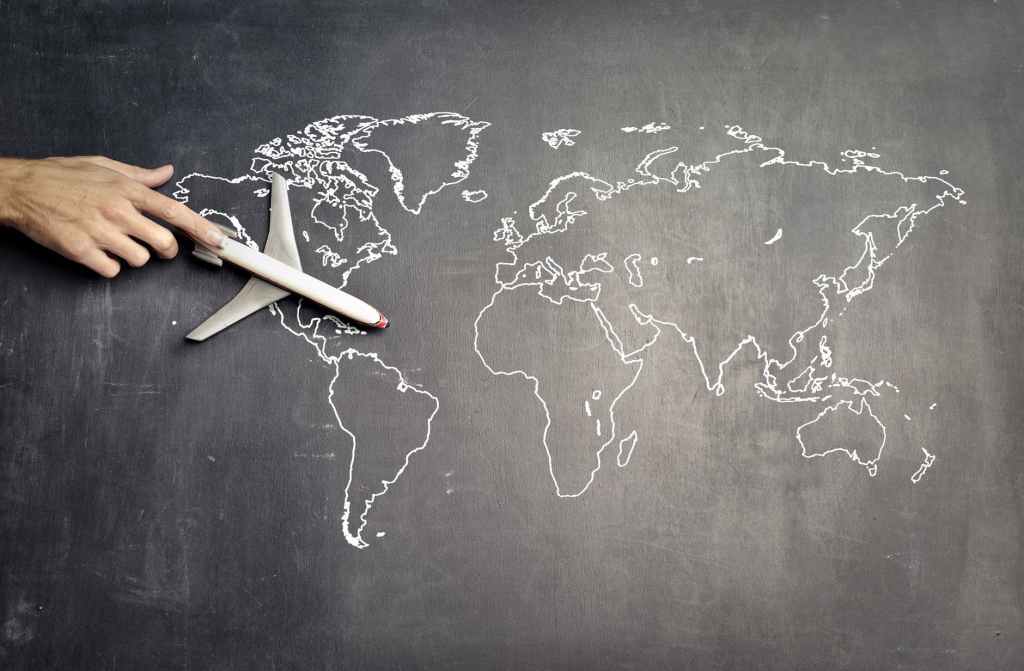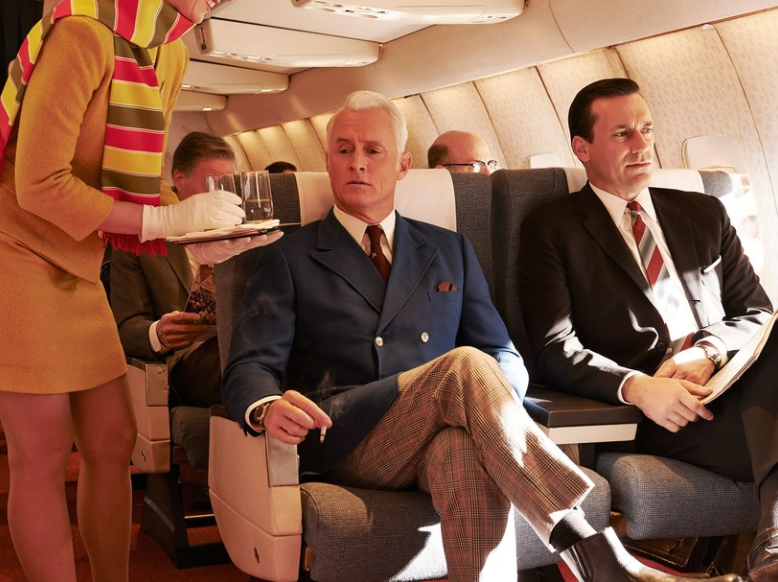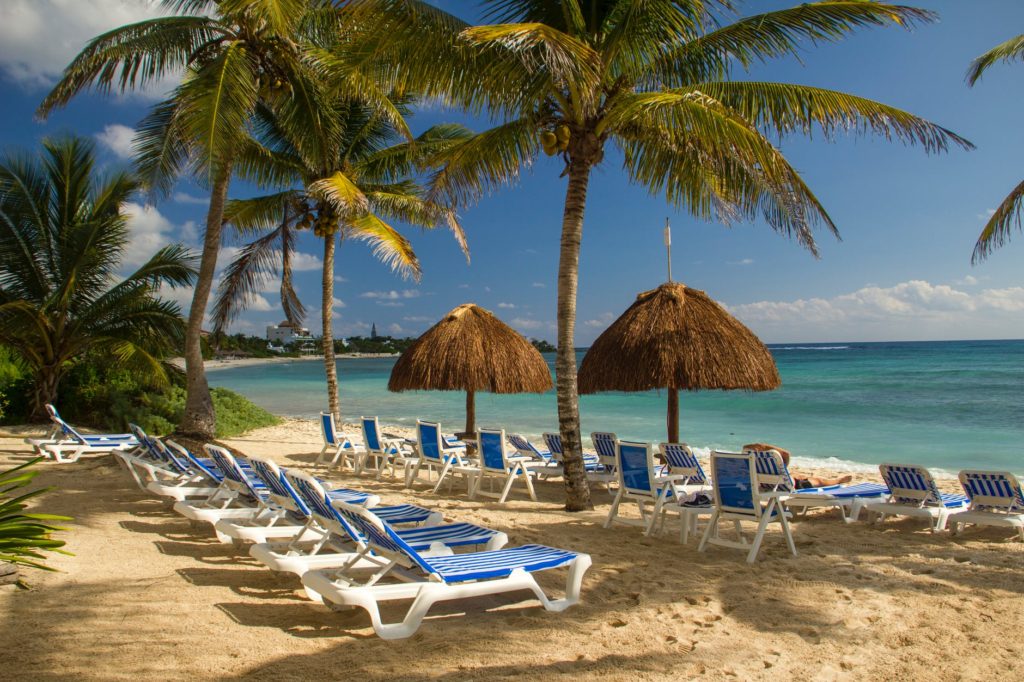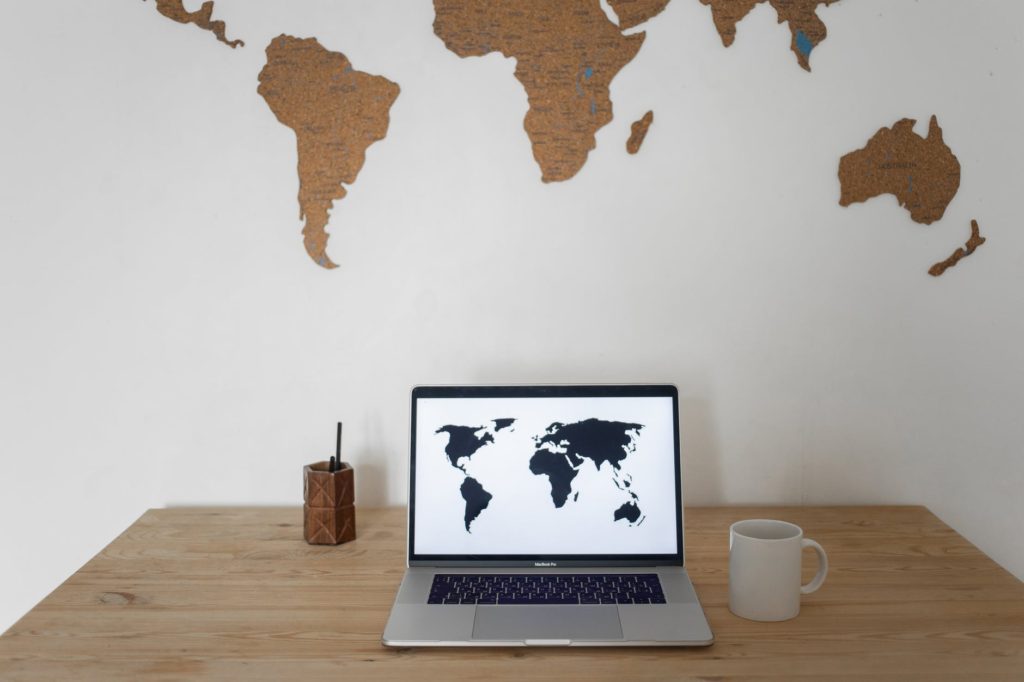DISCLAIMER: This article represents my personal views and not those of my employer or any affiliated organizations.
When is the last time you took a business travel trip?
If you’re fresh out of college, that answer may be never.

Business travel has been romanticized in popular culture since the inception of passenger airlines. How many movies have you seen where a suited figure in first class reclines, sipping on a cocktail while reading through a business newspaper? How about a group of industry colleagues rolling up in a private car to an extravagant hotel? If you’ve watched Mad Men, Don Draper sharing a glass of whiskey during a business pitch may have come to mind.
The virus crisis has changed business travel forever. Will business travel exist after the pandemic? Certainly. However, its absence during the crisis has shown numerous companies just how many resources they were expending on business travel.

Brief history of business travel
The first scheduled passenger plane flight departed on January 1st, 1914. Some of the longest standing airlines were KLM, Qantas and Avianca. Since the U.S. entered WWII later than European countries, they had more time to spend developing commercial aircraft. The U.S. industry since 1945 essentially set the standard for international air travel.
During the Golden Age of air travel, flying was a novelty experience defined by fine dining experiences and upscale services. The experience back then was probably similar to today’s first class section. The first “business class” was rolled out in December 1977 by Thai Airlines.
The decades leading up to the pandemic were filled withpractically unlimited expense accounts, luxury hotels, and exorbitant meals out. Business travel has not returned to its pre-virus levels. We’ll likely be videoconferencing for some time to come. I discuss this a bit in my recent article “We’re Never Going Back to the ‘Office‘”.

Business tourism? Yeah, that was a thing.
Pre-crisis, business travel would often be tauted as a perk. You would do the business trip at the end of the week, then stay the weekend to explore on your own time. Some individuals would even bring their spouse/partner who’d fly out separately.
My own dad still displays plaques for the company trips he won on the wall. The U.S. Virgin Islands. The Bahamas. Lake Tahoe. Vancouver, BC. He would take my mother along on each of these trips. In his own words, “I was in the top percentile of the entire country to win those trips.” He says they’re going to mean something, to somebody, and that I should “keep them in the family”. I’ll probably just put them in storage.

Environmental impacts of business travel
For service-based organisations, business travel and aviation are the biggest contributors to their total emissions, often above the collective carbon footprint of their offices. Air travel impacts the local environment through increased nitrogen pollutants, particulates and noise levels.
Companies across the spectrum discovered an unexpected benefit of grounding their employees during the pandemic: a lowering of carbon emissions from business travel.
Many businesses are announcing new promises to reduce (and offset) business travel emissions as a way to reach their sustainability goals. Only one in four organizations consider their “carbon footprint” to be a top priority.

Employee wellbeing
Environmental impact is not the only pitfall of business travel. A World Bank study showed that 75% of staff reported high or very high stress related to business travel. Americans took more than 500 Million business trips in 2016. (Harvard Business Review)
Stress, sleep interruption, unhealthy eating and drinking, and lack of exercise are all common factors of business travel burnout. The odds of being obese are 92% higher for those who traveled 21 or more nights per month, compared to those who traveled only one to six nights per month
Business travel could mean traveling to company HQ abroad
I recently wrote about my personal return to the office experience. With much of the knowledge workforce still remote, and business travel at an indefinite standstill, the show must go on. As such, large annual company offsite meetings may now turn into ONSITE meetings. This entails all of the domestic (or international) staff flying into the company headquarters to “reconnect”. If that would prove too difficult, employee visits to the headquarters could be staggered.

Take advantage of a geographically diverse team
Distributed teams have been the lifeblood of tech businesses since the dawn of the internet. The model was much harder to achieve before global telecommunications. So why is remote work such a hard concept to justify, when your engineering team is already in India, your HR team is in London, and your office is in New York City?
In many businesses, regions are divided up by time zones. For example, The Americas, EMEA and APAC.
What we forget, however, is that these also represent shared time zones. For instance, someone in Bogota, Columbia could work the same hours as a colleague in New York. The same with Lagos, Nigeria for London, or Tokyo for Sydney. Location bias doesn’t have to be a concept anymore.
Distributed workforce could be opportunity for businesses to extend their reach
The other benefit of a distributed workforce is the ability to meet customers where they are, and *when* they are. The pre-crisis world had executives flying all over the world for “face time”. As a requirement of the role, this lifestyle was popular for some, but not for all. For instance, working parents were often strained to find child care or juggle their home life while on the road.
Instead of this, why not embrace decentralized command by briefing the representatives located closest to customers to meet them on their terms? This tactic has been used by regional sales teams for decades, and can be extended to any aspect of business.

To be an effective leader, regular check-ins and ensuring decentralized command is important
Remote work calls for a different kind of management style. Gone are the “hall monitor” management days of the “Bill Lumberg” character looking over the shoulders of staff. We live in an age with a broad amount of productivity platforms that can be accessed anywhere in the world.
Instead of a checklist, an idea for status meetings is to set milestones beyond “next steps”. It’s important to teach core concepts, set an agenda, and train “microleaders” to act as an extension of command. A robust project management tool can show visibility into tasks without constant Slack check-ins.

Temporary rental platforms are assigning importance to customers that are now permanently remote
You may have heard that “the office is not a place, it’s a concept”. This is more true than ever. We are at the point where opening a satellite office doesn’t require a multi-year lease. Even the most stalwart of commercial real estate companies are looking into an office-as-you-need model, mirroring companies like WeWork, Convene and Regus.
Finally, vacation rental platforms like AirBnB and VRBO realize the classic business model of working out of an expensive (or no-frills) hotel room isn’t that comfortable. Business travelers can book a vacation rental instead, and stay in a private house without neighbors who frequent the hotel bar keeping them up. Even better news? It’s cost-effective, too.
Traveling while working remotely is true freedom
With remote work, there’s no more “caboose trips” after a business conference. There’s no more sweating a flight delay because you have to be back in the office the next day. No more late nights figuring out your personal expenses vs. company expenses.
You can travel over a weekend, work or meet business contacts during the week, go to a different attraction each night, and fly out the next weekend. All on your own schedule. How cool is that?
Like this article?
Sign up to the Origin Story mailing list or more helpful professional tips!
